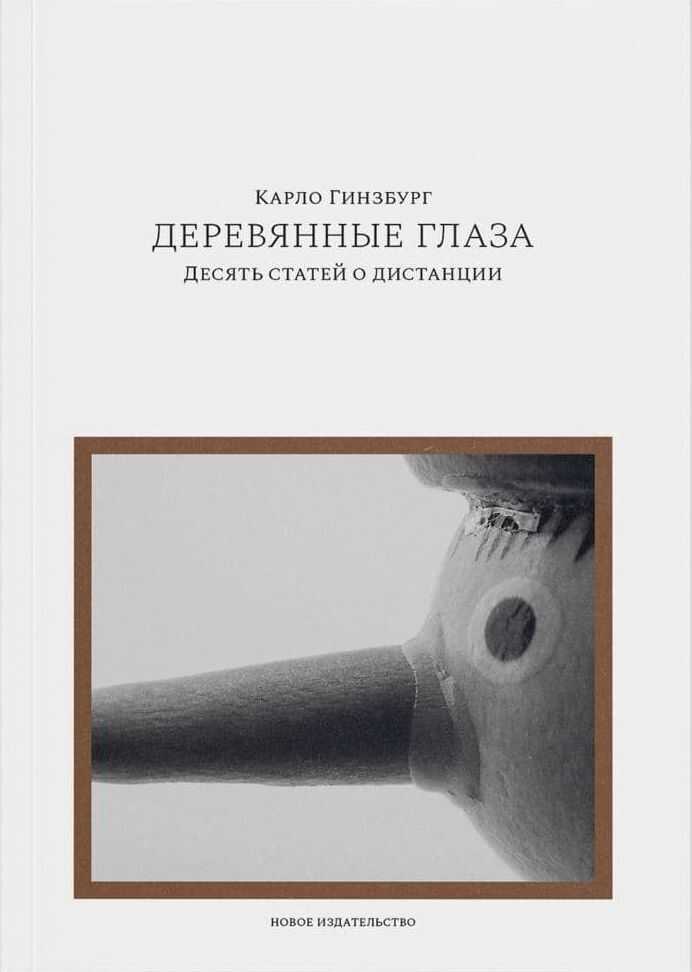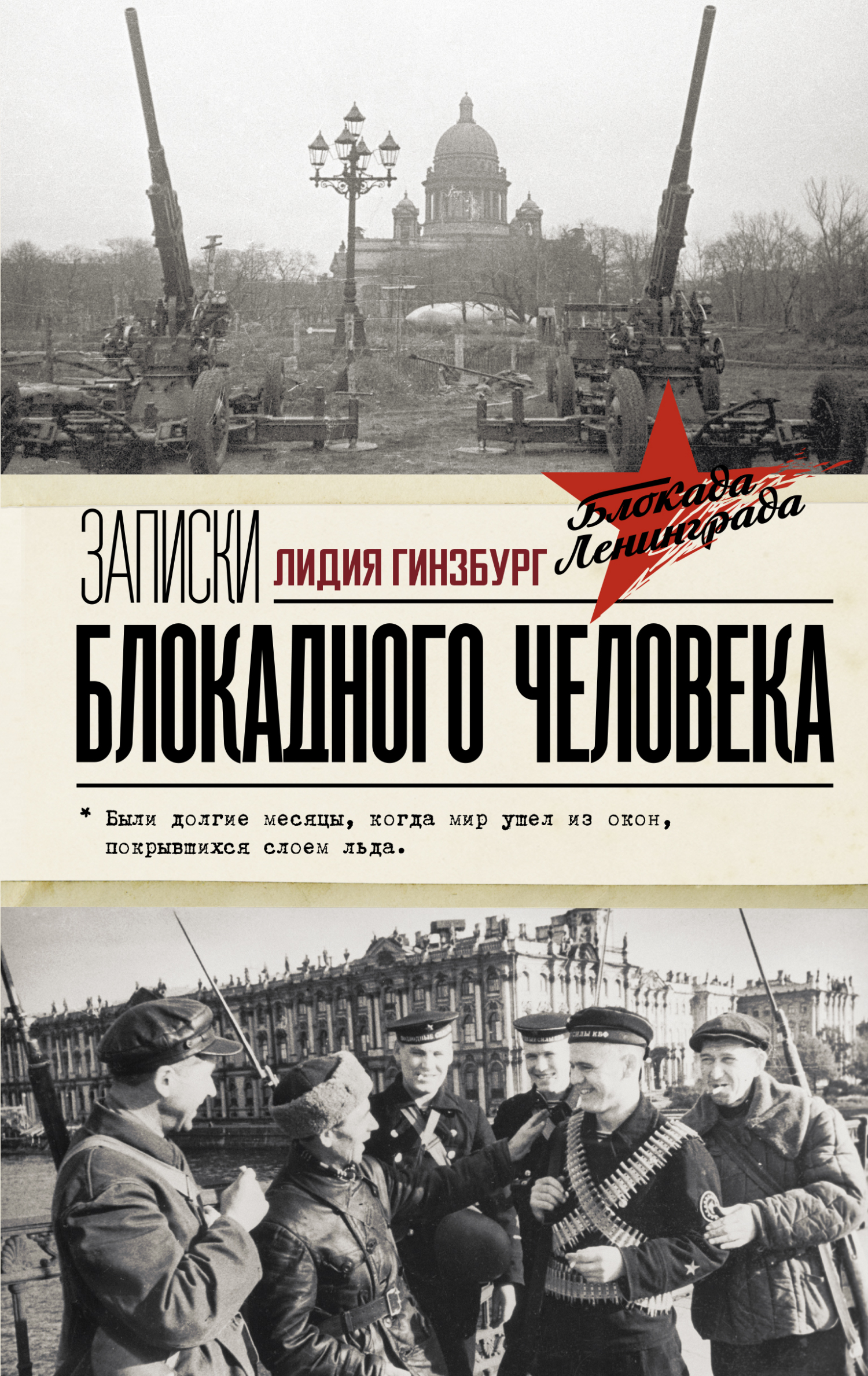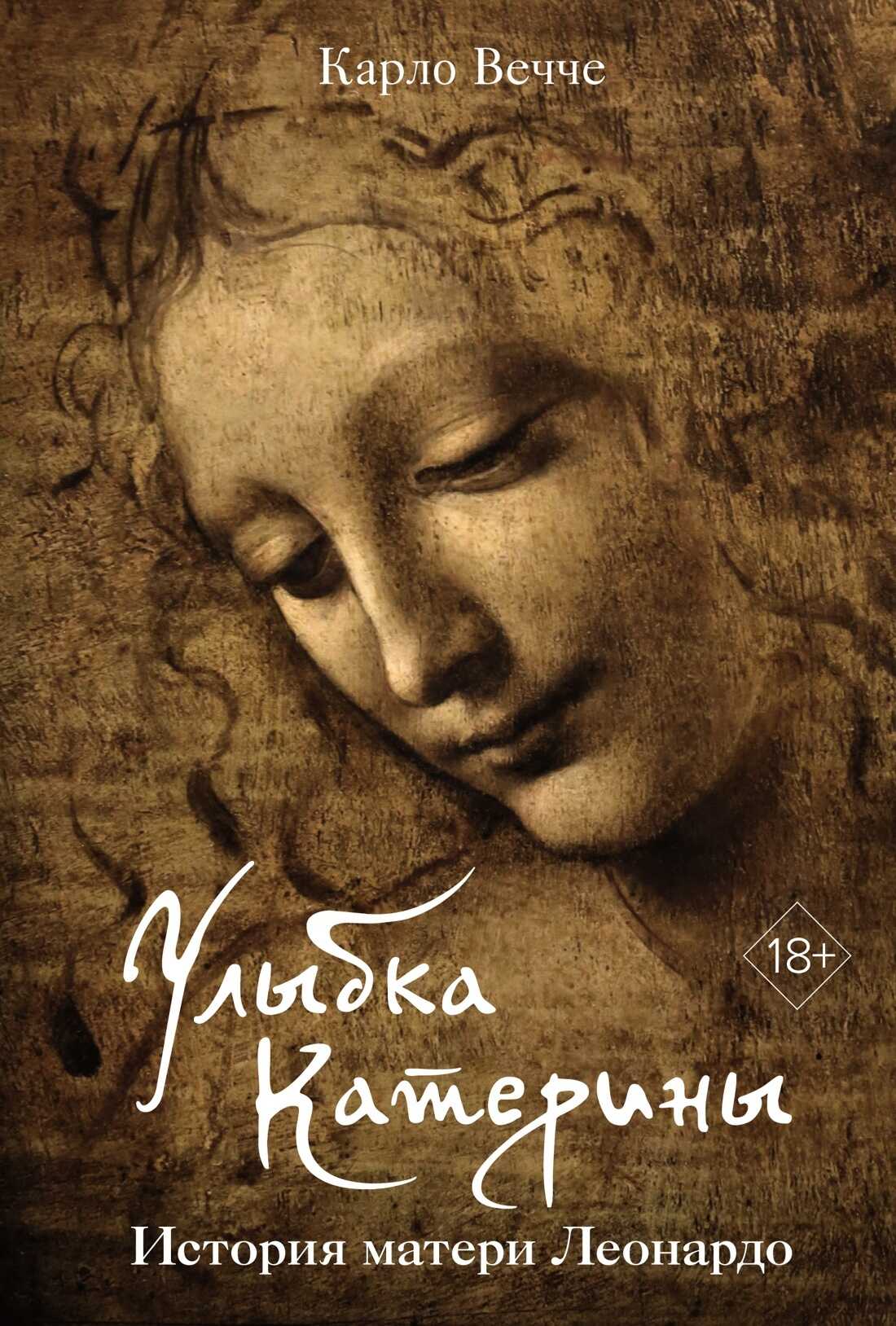Книга Соотношения сил. История, риторика, доказательство - Карло Гинзбург
На нашем литературном портале можно бесплатно читать книгу Соотношения сил. История, риторика, доказательство - Карло Гинзбург полная версия. Жанр: Приключение / Разная литература. Онлайн библиотека дает возможность прочитать весь текст произведения на мобильном телефоне или десктопе даже без регистрации и СМС подтверждения на нашем сайте онлайн книг knizki.com.
Шрифт:
-
+
Интервал:
-
+
Закладка:
Сделать
Перейти на страницу:
Перейти на страницу:
Внимание!
Сайт сохраняет куки вашего браузера. Вы сможете в любой момент сделать закладку и продолжить прочтение книги «Соотношения сил. История, риторика, доказательство - Карло Гинзбург», после закрытия браузера.
Книги схожие с книгой «Соотношения сил. История, риторика, доказательство - Карло Гинзбург» от автора - Карло Гинзбург:
Комментарии и отзывы (0) к книге "Соотношения сил. История, риторика, доказательство - Карло Гинзбург"
























